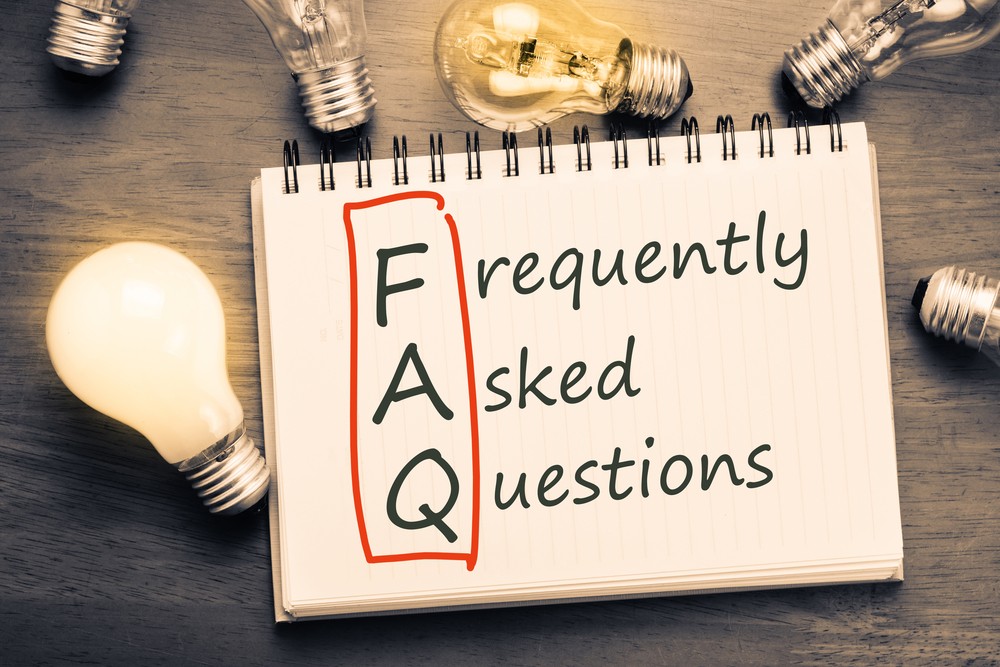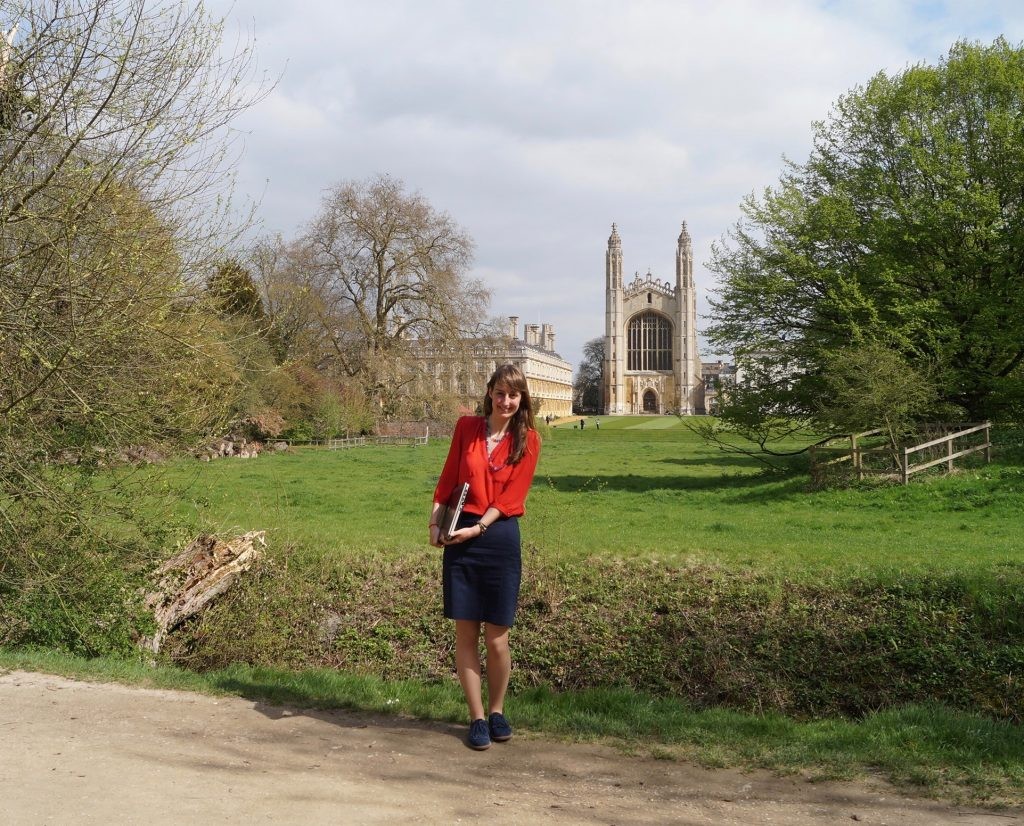Political advertising
Like many people, I’ve been watching the run up to the General Election with great interest, not just through the eyes of a voter, but more with the scrutiny of a marketing professional.
There was a time when election campaigning was all about knocking on doors, kissing babies, and outdoor advertising. The focus was on communicating the manifesto with speed, putting over the ‘party line’ as succinctly as possible and hoping that wry smiles would win over the electorate.
Back in 1992, as the Studio Director for a creative advertising photographic studio, I was lucky enough to find myself working on the outdoor advertising campaign for the Liberal Democrats designed by London agency TBWA. As you can imagine, working on a national campaign that occurs only once every four years is quite a coup in the advertising world and, without a doubt, a once in a lifetime experience.
As with all great election posters, the emphasis was on strong visual imagery that would instantly convey an emotive message with conviction and credibility…after all, the power of a 48-sheet poster is, largely, dependent upon the visual element and its ability to cut through a crowded environment to immediately engage the audience.
Sourcing the perfect location and overseeing the shoot was a challenge. The poster featured a railway tunnel representing ‘light at the end’ and it was critical to ensure that the angle of the tunnel, reflection of light on the track and omittance of distractions around the entrance matched the concept exactly. Sounds easy? No, not really…this was pre-photoshop days, after all.
Finding a tunnel was hard enough in the flats of the East Midlands, where the studio was situated at the time, but harder still was ensuring that it was a disused railway line – there needed to be sufficient time for the photographer to shoot the entrance without any hazard or fear of being in the path of an oncoming train.
After what seemed like searching for the proverbial ‘needle in a haystack’, local knowledge lead to a suitable location finally being found at Manton, Rutland. After seeking relevant approval with the authorities, taking weather conditions into account, and equipping the team with shortwave radio walkie talkies, the day of the shoot arrived.
The tunnel was caked in the smut, a hangover from the golden age of steam, and was completely pitch-black but, despite working in the dark, damp, conditions for over four hours, the shoot progressed with relative ease – due almost entirely to the experience and skill of the photographer capturing the image.
What a challenge, but what an experience and to see it printed as billboard posters and unveiled on News At Ten during an interview with the, then, Liberal Democrats’ leader Paddy Ashdown, has to be a career high for me. Since then, I’ve continued to watch the launch of the election posters with great eagerness and have been impressed, to varying degrees, with the level of creativity displayed.
Fast forward to 2015, though, and the election fight has, largely, moved off the streets and into the home with a switch from using advertising as the main communication tool to PR. Yes, there have been outdoor campaigns but it has been rumoured that Parties have spent half as much on posters this year than they did in 2010.
So where is the fight now being fought?
To a large degree it’s on social media, with its ability to communicate speedily, enabling instant response, and facilitating discussion but the biggest step-change has surely got to be the televised leaders debates. Almost like a development of the baby kissing ritual, as much emphasis is now placed on how the politicians stand, talk, speak to the camera and interact with each other as to what they are actually saying or stand for.
PR has certainly come of age in the political battle ground.
Election campaign posters may have generated some of the most defining political images of the modern age – from the dole queues in the Tories’ Labour Isn’t Working billboards, to a demon-eyed Tony Blair against a New Labour, New Danger slogan – but, if this trend continues, I wonder if there will be a time when the election poster, like a rejected politician, fails to win any votes at all and is retired to the campaign archives forever.
I, for one, would miss them.




